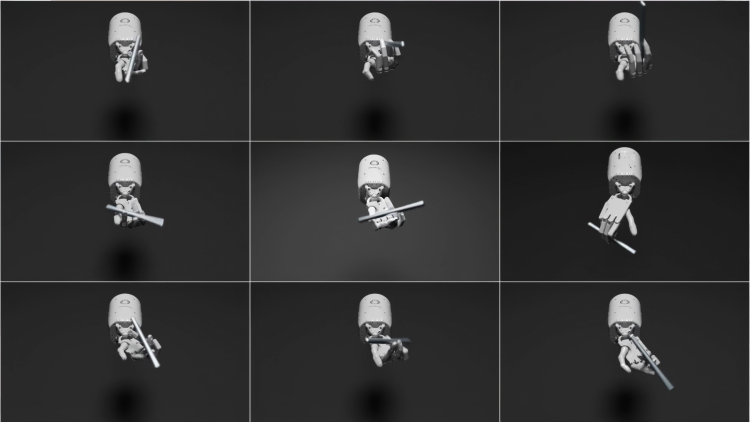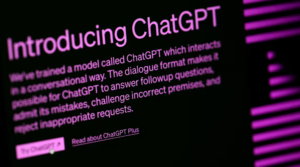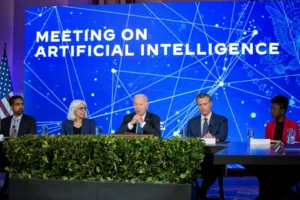Nvidia Research has unveiled its latest AI agent, Eureka, powered by OpenAI’s GPT-4, with the groundbreaking ability to teach robots complex skills independently. In a recent blog post, Nvidia highlighted Eureka’s impressive capabilities, particularly its capacity to create reward algorithms autonomously.
Eureka marks a significant milestone by successfully instructing a robotic hand to perform intricate pen-spinning tricks with human-like precision, showcasing its potential in robotics. Additionally, Eureka has adeptly trained robots in various tasks, including opening drawers and cabinets, executing ball tossing and catching, and mastering the art of using scissors, among nearly 30 other functions.

Anima Anandkumar, senior director of AI research at Nvidia and a contributor to the Eureka project, commented on the significance of this development. She explained, “Reinforcement learning has achieved remarkable advancements in the past decade. However, it has grappled with persistent challenges, such as reward design, which has remained a trial-and-error process. Eureka represents a pivotal step forward in evolving new algorithms seamlessly integrating generative and reinforcement learning techniques to conquer complex tasks.”
In a bid to share these cutting-edge AI algorithms, Nvidia Research has published the Eureka library. This library allows researchers and enthusiasts to experiment with the technology, leveraging Nvidia Isaac Gym as a reference application for reinforcement learning research within a physics simulation framework. Isaac Gym is built on Nvidia Omniverse, a dynamic development platform that harnesses the OpenUSD framework, empowering the creation of 3D tools and applications.


















